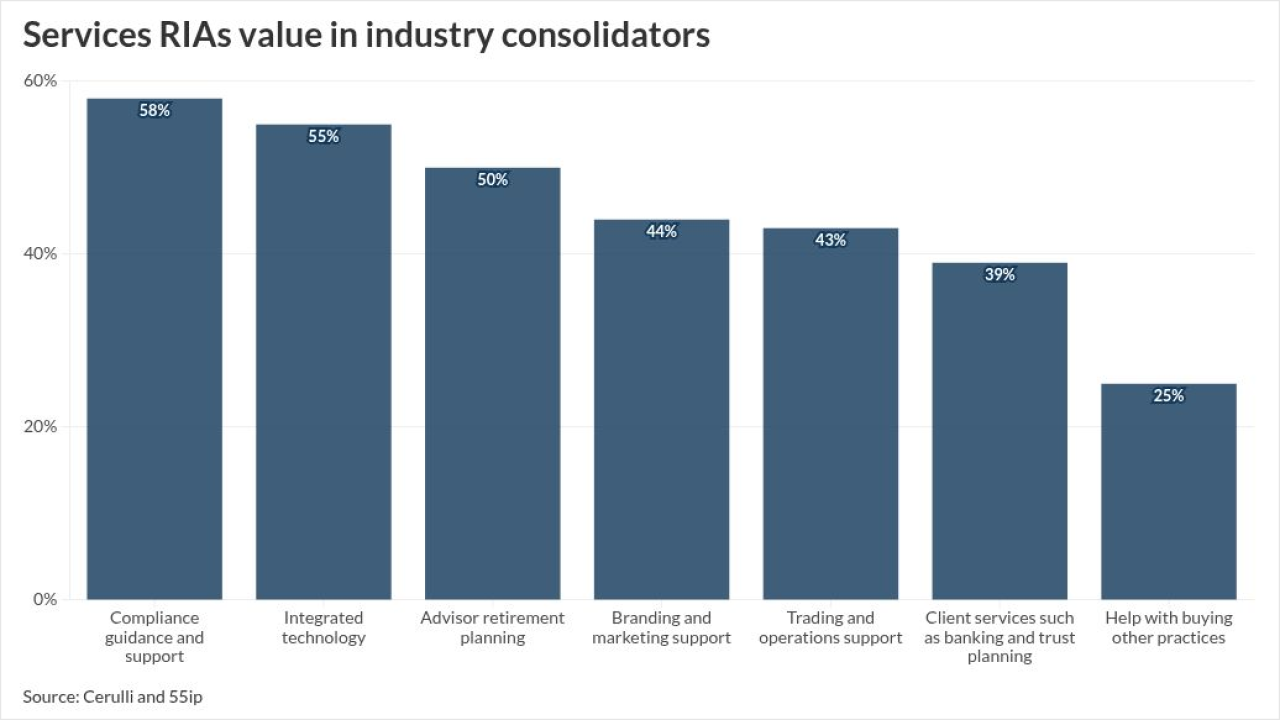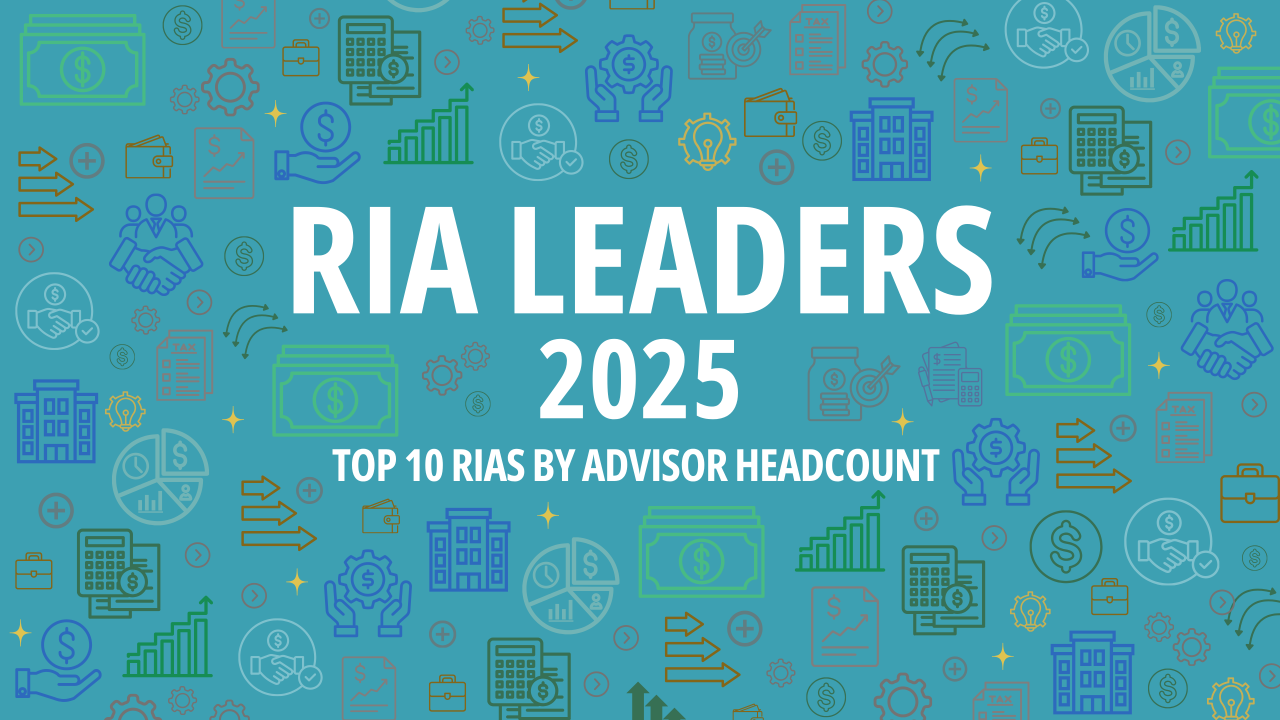Do you have a client whose child is looking to buy their first home? If so, they are facing an uphill battle.
The average age of first-time homeownership has crept steadily upward since the early 2000s. In 2022, the

In addition, increased corporate or investor ownership of single-family homes has limited supply and created upward pressure on prices, resulting in an ultracompetitive market.
There are ways in which clients can help their adult children overcome some of these challenges, however each strategy comes with potential income tax and gift tax consequences.
Gifting
Tax-free gifts under the annual exclusion (
If taxable gifts over the annual exclusion are made, the parent still won't owe any gift tax until taxable gifts exceed their lifetime federal exemption, which currently stands at $13.61 million (although they will need to file a gift tax return). A gift letter will likely be required by the lender to ensure the gift is not actually a loan, and some mortgage lenders restrict how much of a down payment can be gifted.
Intrafamily loans
Another popular method of providing cash to the child is through an intrafamily loan. Ideally, the parent and child should document the loan terms through a formal lending agreement prepared by an attorney.
Often, parents may forgive all or part of the loan using the annual gift exclusion. The forgiven portion will be treated as a gift to the borrower, meaning a gift tax return and utilization of some of the parent's lifetime exemption will be required for forgiven amounts in excess of the annual exclusion per year.
READ MORE:
In addition, parents often provide such loans at no interest or a very low interest rate. The IRS requires, however, that the applicable federal rate is used on all loans. Therefore, the parent may have to report taxable interest income (also called imputed interest) based on the AFR, even if no interest or a lower amount of interest is charged on the loan.
Co-signing
For parents who want to help but
It is critical that parents only co-sign with adult children who have stable employment, a strong credit history and who are financially responsible, because they will be ultimately 100% liable for payment of the mortgage if their child cannot or does not make the payments. The parents and child should discuss who will be making the mortgage payments.
If the parent makes some of the payments, they may be eligible to take some of the
Joint ownership
Joint ownership is another strategy often used in conjunction with co-signing on the mortgage. This strategy is attractive for parents who want to ensure they will receive a return on their investment when the home is sold. However, family dynamics may come into play. Parents and children should discuss who will be responsible for payment of taxes, property maintenance and upkeep, repairs and remodeling.
A co-ownership agreement, or equity sharing agreement, should be prepared listing responsible parties for these expenses, how proceeds will be distributed in a sale and how the home will be transferred in the event of death of the parent. In addition, if the home is jointly owned with an adult child and their spouse, the agreement should specify how the home will be treated
IRA withdrawals
An individual can withdraw up to $10,000 from an IRA without incurring the early withdrawal penalty if the proceeds are used toward purchase of a home; however, this strategy should be used with caution and only if there is certainty that the funds will not be needed by the parent in the future. Be aware that the income tax rules still apply, so the withdrawal may be subject to income tax if it's a traditional IRA.
Using one or more of these strategies can help parents leverage their wealth to assist their children in their first home purchase. With proper planning and understanding of the tax impacts, these strategies can be successful in helping young adults realize the dream of homeownership.





